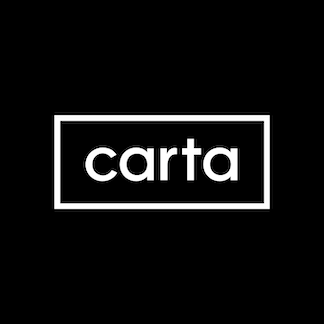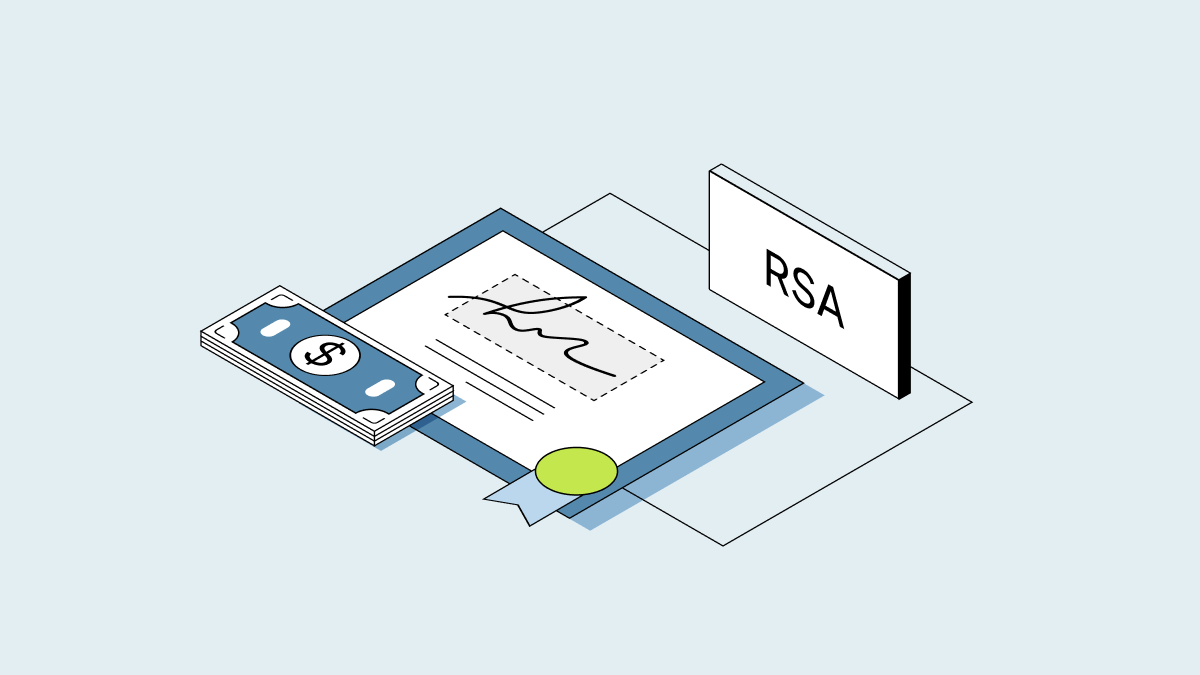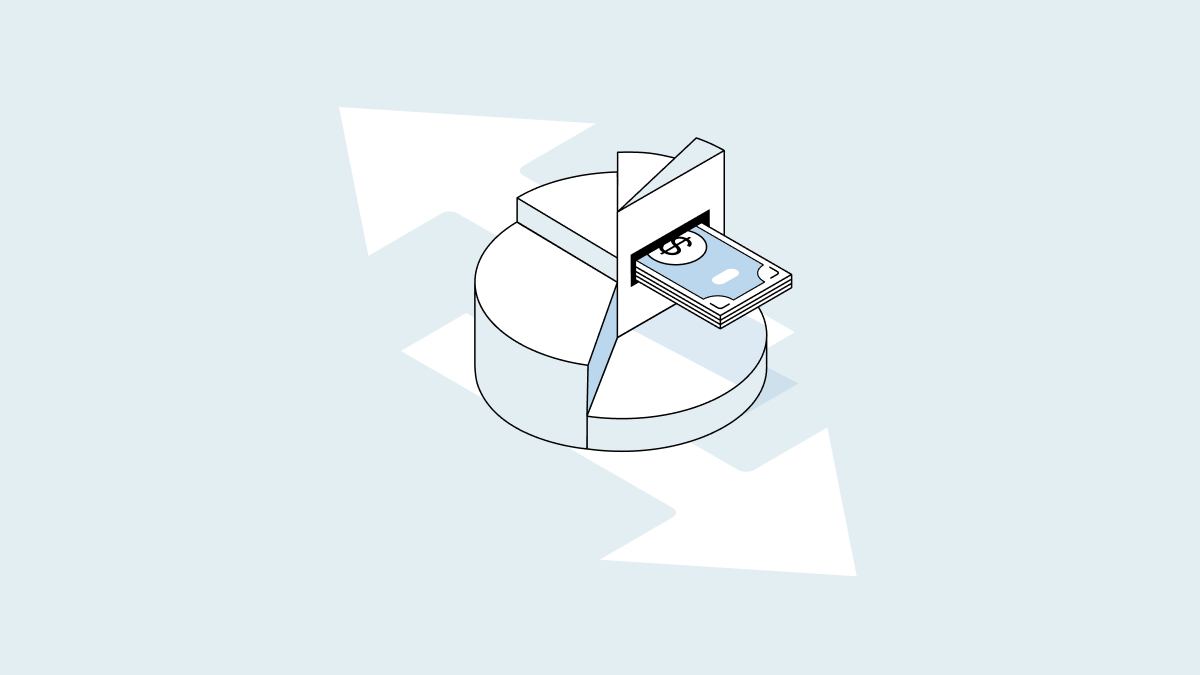What is job leveling?
Job leveling is a framework with a set of job expectations that stay the same for roles across departments. As part of your compensation plan, job leveling frameworks define the skills, knowledge, competencies, and amount of responsibility attached to each role. You can also associate each job level with a compensation range. Job leveling can help you fairly and competitively value and compensate your employees.
Why is job leveling important?
This work can sometimes feel less important than it is. Who has time, when recruiting the people you need right now takes up so much oxygen? But creating a job leveling framework of consistent expectations can help you grow more efficiently.
It can help you retain employees
When can employees expect to move to a new role? What goes into their compensation? How are they being compensated relative to their peers? How will their salary and equity be adjusted over time? What are the paths to success?
The most efficient way to manage these pain points is predictability. One study of 5,000 job transitions concluded that “workers who don’t see a clear career progression from their current role to a better position in their company ultimately turn to opportunities elsewhere.”
Creating that clear career progression doesn’t have to be complicated. A job leveling framework just needs to show the expectations within each role. That way, every manager can work with each employee where they are now and how to get to the next level.
You can easily pay people fairly
When hiring is competitive and you need roles filled quickly, it’s easy to make one-off decisions. Those can lead to inconsistent pay, job titles, bonuses, equity grants, or paths to growth. A leveling framework helps keep your overall compensation fair. And the sooner you have it in place, the better: Fitting a new employee into an existing job leveling structure is simple and understandable to all; retroactively slotting employees into newly created job levels can be uncomfortable.
Pay bands tend to shift over time as the “market rate” for roles changes. Typically, we see companies review these pay bands once a year (or sooner if they see consistent feedback through recruiting). We also see companies regularly review compensation plans with fairness checks to make sure their job levels are being applied fairly and consistently across the company.
How job leveling works: an example
We built a universal set of job expectations that remain consistent across departments to ensure fairness, create a shared understanding of each role’s value, and help companies grow. The framework contains levels from 0 to 11, You can download it for free using the button below. To illustrate how it works, here’s a look at Level 5.
We know that not all successful career paths end in management, so we created two tracks: Individual Contributor and Manager. We also know that most companies at the Pre-Seed and Seed stages won’t have employees in each one of these levels. That’s by design. You’ll start less granularly, with a basic leveling framework you can use to help you make informed compensation decisions and guide your career conversations with your employees. As you grow, you’ll fill it in with new employees at the right levels.
For all level 5 employees
Description
At level five, employees have wide-ranging experience. They use professional concepts and company objectives to resolve complex issues in creative and effective ways.
Complexity
Employees work on complex issues where analysis of situations or data requires an in-depth evaluation of variable factors. We expect them to exercise judgment in selecting methods, techniques, and evaluation criteria for obtaining results. They regularly network with key experts outside their own area of expertise.
Autonomy and scope
These employees need little oversight; they’re reviewed only for technical integrity. We expect them to determine methods and procedures on new assignments. They also may coordinate the activities of other personnel.
Leadership
We expect both managers and individual contributors to show leadership at this level by helping others to learn and grow. We expect these employees to create an environment to support a successful team and coach or mentor others within an immediate team.
For managers
Description
Employees manage, perhaps through other team leads, the coordination of the activities of a section or department with responsibility for results.
Complexity
Managers at this level are familiar with business trends and work on issues of diverse scope. They follow processes and operational frameworks to solve problems. They act as advisor to their reports to meet goals and resolve problems. They develop and administer goals, schedules, and performance requirements; they also may have budget responsibilities.
Autonomy and scope
Managers receive objectives and determine how to use resources to meet goals. They provide guidance to reports in alignment with team frameworks. They recommend changes to frameworks and establish procedures that affect their immediate organization(s).
Leadership
Employees guide individual goal-setting aligned to team objectives. They manage hiring and performance of direct reports. They develop a high-functioning and successful team.
How this can work for you
When we created Carta Total Comp, we spoke with founders of companies across the country, and learned that most of them start trying to build their leveling frameworks from scratch. That can hurt. Leveling frameworks are complicated to create and even more complicated to put into action.
So we’re sharing our job leveling guide for startups to help you create levels for your company. Download it to find the template that best matches your current stage. You can adjust it to meet your company’s needs.
When you’re ready to set pay bands for your levels, Carta Total Comp can provide this data for you with benchmarking across the industry to ensure you’re making the most informed offer with the world’s most robust data set.
Download the free job leveling guide
When you’re ready to set pay bands for your levels, Carta Total Comp can provide this data for you with benchmarking across the industry to ensure you’re making the most informed offer with the world’s most robust data set.




